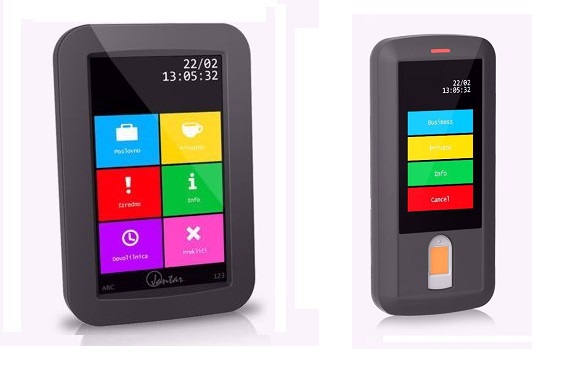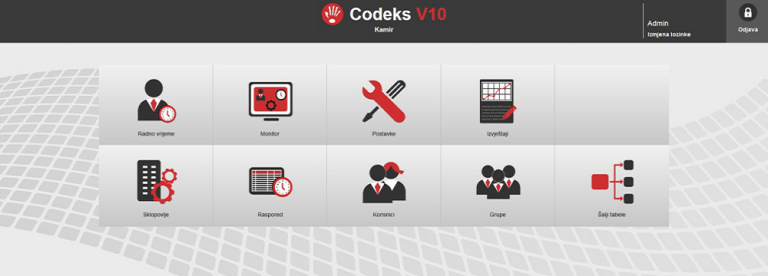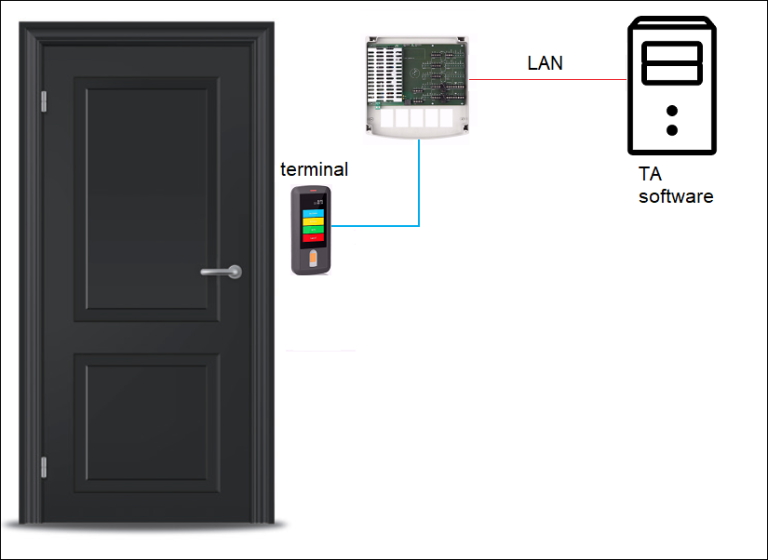A short introduction to… Time and attendance systems

Time and attendance systems are used to track and optimize the work hours that employees spend on the job. The TA systems gives you to get a better overview of your employees’ working hours and reduce the number of errors encountered while inputting them manually.
Most TA systems allows you to define different time intervals for a lunch break, business or private exit, or a medical leave. This way you can monitor your employees’ work habits more closely. For example, a business time interval is often used in situations when an employee attends a business related meeting. The employee will clock out using the Business button on the terminal, which will be recorded in his time sheet.
Many TA systems allows you to define different time intervals for different employees’ types (e.g. an accounting department will have different time intervals defined then the warehouse personnel, since their work hours are usually different).
Some of the advantages of using TA systems in your organization are:
- quick overview of overtime hours
- increased employees’ punctuality
- automated payroll processes
- proactive alerts of employees’ overtime hours or missed clock-in
- reduced administrative costs since manual time cards are no longer needed
TA system components
Terminals
RFID terminals are commonly used to identify the employees using the RFID card or a badge. More advanced systems offer a biometric way of authentication (e.g. via fingerprint). The image below shows and RFID terminal and a fingerprint terminal:
Power supply / communication converters
Converters provide power to the TA terminals and convert the RS-485 connection to TCP/IP, in order to communicate with a TA software.
TA software
Used to manage the TA system and review the employees’ time sheet. The software is usually accessed using the web interface, and allows you to add or remove employees, define different time intervals, generate work time reports…
How a time attendance system works?
A terminal is usually stationed near the doors. The employees use their RFID badges or fingerprints to authenticate. The terminal is connected to the TA controller which converts the serial communication to TCP/IP and sends the data to the TA software which sits installed on a local PC.





